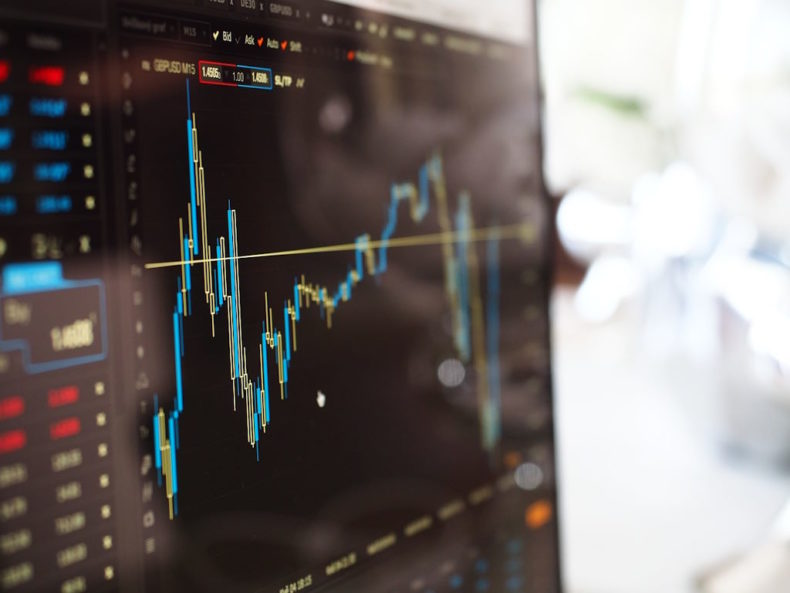Trading in the stock market can feel like navigating a maze. But identifying high probability trading setups can make the journey smoother and more profitable. Whether you’re a novice or a seasoned trader, understanding these setups is crucial for making informed decisions and minimizing risks. Let’s explore what high probability trading setups are, why they matter, and how you can spot them. In investing terms, high rewards mean high risk, so educate yourself about necessary investing skills. Register at Bit Motion Ai which is a gateway to premium investment education.
What Are High Probability Trading Setups?
High probability trading setups are specific conditions or patterns that increase the likelihood of a successful trade. These setups rely on historical data, technical analysis, and market psychology. Traders use them to identify entry and exit points in the market, aiming to maximize profits while minimizing risks.
A key aspect of these setups is their reliance on statistical probability rather than guesswork. By focusing on setups that have historically resulted in profitable trades, traders can increase their chances of success. However, it’s important to remember that no setup guarantees a win every time. The goal is to find setups that tilt the odds in your favor.
Why High Probability Setups Matter
High probability setups are essential for consistent trading success. They help traders avoid emotional decision-making, which can lead to impulsive trades and significant losses. By relying on proven patterns and strategies, traders can approach the market with more confidence and discipline.
Moreover, high probability setups provide a framework for developing a trading plan. A well-defined plan includes specific criteria for entering and exiting trades, helping traders stay focused and organized. This approach reduces the influence of market noise and distractions, allowing traders to stick to their strategies.
Key Components and Practical Steps
Identifying high probability trading setups involves several key components. Understanding these elements can help you recognize opportunities and make informed decisions.
Technical Analysis and Market Trends
Technical analysis is the backbone of high probability setups. It involves studying price charts, patterns, and indicators to forecast future price movements. Common tools used in technical analysis include moving averages, support and resistance levels, and candlestick patterns.
Recognizing market trends is another crucial component. Trends indicate the overall direction of the market—whether it’s moving up, down, or sideways. Trading with the trend is often more profitable than trading against it.
For instance, in an uptrend, traders might look for pullbacks or corrections as buying opportunities. Conversely, in a downtrend, traders might seek to sell during short-term rallies. Understanding the trend helps traders align their strategies with the market’s direction, increasing the likelihood of successful trades.
Risk Management
Risk management is integral to trading success. Even the best setups can result in losses, so it’s essential to protect your capital. Key risk management techniques include setting stop-loss orders, diversifying your portfolio, and managing position sizes.
A stop-loss order is a predetermined price at which you will exit a trade to limit losses. Managing position sizes means allocating a consistent percentage of your capital to each trade, preventing large losses from any single trade.
Practical Steps to Identify High Probability Setups
Now that we’ve covered the basics, let’s discuss practical steps to identify high probability trading setups. These steps can help you develop a systematic approach to trading.
Study Historical Data and Use Technical Indicators
Reviewing historical data is a valuable exercise. Analyzing past price movements and patterns can provide insights into how specific setups have performed over time.
This information can help you identify patterns that have a high probability of success. Technical indicators are tools that help traders interpret market data. These indicators can signal potential trading opportunities and help confirm setups.
Follow Market News and Practice with a Demo Account
Economic reports, company earnings, and geopolitical events can significantly impact market movements. By keeping up with news, you can anticipate potential market shifts and adjust your trading strategy accordingly.
Before risking real money, practice identifying and executing high probability setups using a demo account. This allows you to test your strategies in a risk-free environment, gaining confidence and refining your approach.
Conclusion
Identifying high probability trading setups is a vital skill for any trader. By focusing on technical analysis, market trends, and risk management, you can develop a systematic approach to trading that increases your chances of success. Remember, no setup guarantees a win every time, but by tilting the odds in your favor, you can achieve consistent results over the long term.





